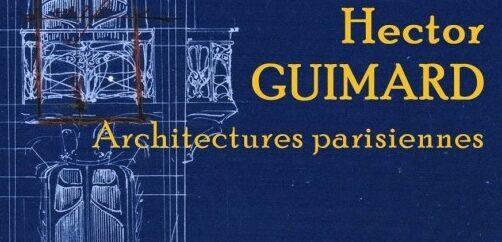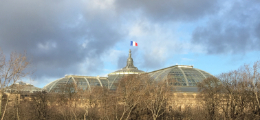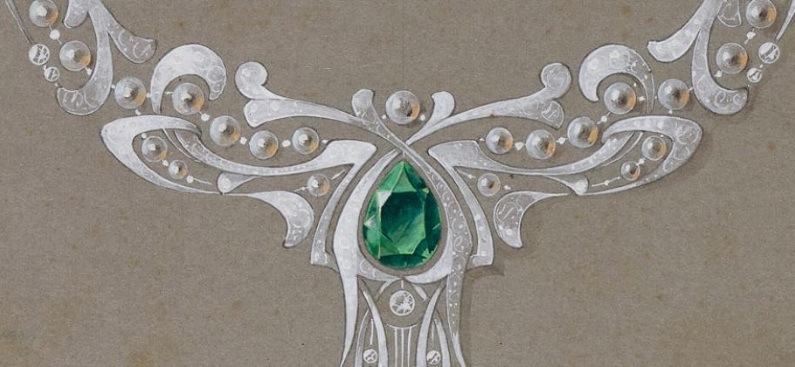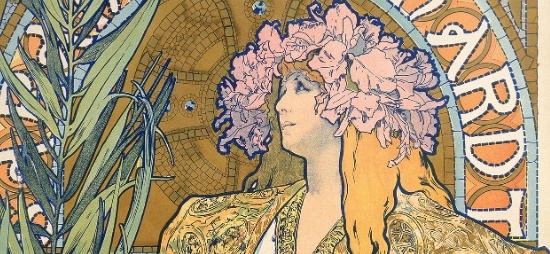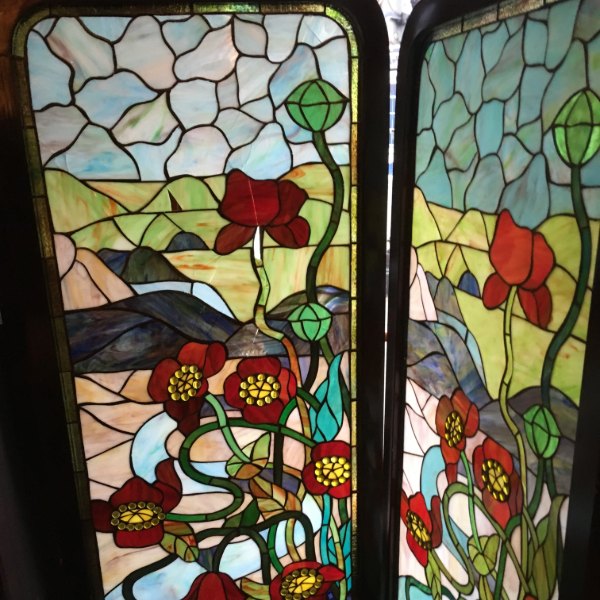Art Nouveau, a short-lived but profoundly influential architectural movement, flourished between the late 19th and early 20th centuries. This artistic style is characterized by its organic forms, flowing lines, and intricate details inspired by nature. Paris, often overshadowed by Barcelona when discussing Art Nouveau, boasts some of the most stunning examples of this movement, largely due to the visionary architect Hector Guimard.
Hector Guimard is undoubtedly the most celebrated proponent of Art Nouveau in Paris. His designs blend artistic exuberance with innovative construction techniques, leaving behind a remarkable architectural heritage. Many of his most famous buildings are concentrated in the 16th arrondissement, making it the ideal district for an Art Nouveau walking tour.
Castel Béranger (1898) – 14 rue Jean de La Fontaine, 16th Arrondissement
Castel Béranger was Guimard’s breakthrough project and is considered the founding masterpiece of Art Nouveau architecture in Paris. It revolutionized building design by incorporating wrought iron, metal, and burstone into an imaginative facade adorned with whimsical motifs, including seahorses and curving floral patterns. Despite initial public resistance, the building won the first prize for the most beautiful facade in Paris in 1898, solidifying Guimard’s reputation.
Hôtel Guimard (1909) – 122 Avenue Mozart, 16th Arrondissement
Built as his personal residence, Hôtel Guimard is a remarkable example of his mature Art Nouveau style. The irregular placement of windows and balconies adds to its dynamic appearance. Next to it stands Villa Flora, another of his designs, showcasing his continuous experimentation with form and structure.
Hôtel Mezzara (1910) – 60 rue Jean de La Fontaine, 16th Arrondissement
Commissioned by Paul Mezzara, a Venetian textile industrialist, this mansion displays all of Guimard’s signature elements: fluid lines, decorative details, and ornate balconies. Though less extravagant than some of his other works, its refined elegance makes it a prime example of Art Nouveau residential architecture.
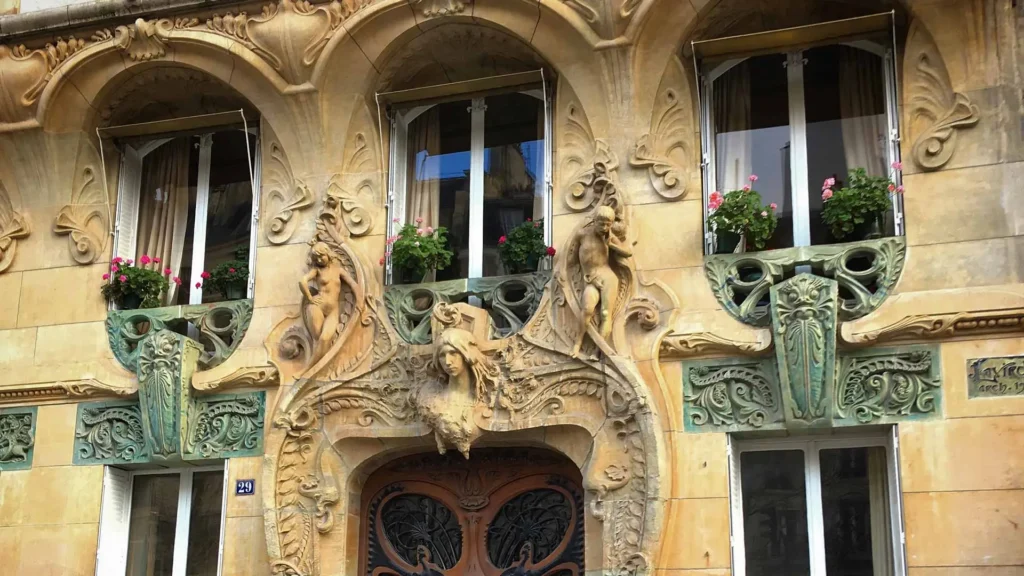
Other Notable Art Nouveau Landmarks in Paris
Though Guimard was the leading figure, other architects contributed to the spread of Art Nouveau across Paris. The following buildings showcase the diversity of this style:
26 rue Vavin, 6th Arrondissement
Designed by Henri Sauvage and Charles Sarazin in 1912, this building represents a transition from Art Nouveau to early modernist styles. Its facade is covered with the same sandstone tiles found in the Paris Metro, a nod to Guimard’s influence.
124 Rue Réaumur, 2nd Arrondissement
A striking industrial building featuring a steel structure and large bay windows, reflecting the innovative spirit of Art Nouveau urban planning.
14 rue d’Abbeville, 10th Arrondissement
This six-story building is known for its richly decorated facade with lush vegetation, fantastical creatures, and exquisite ceramic details crafted by Alexandre Bigot.
29 Avenue Rapp – Lavirotte Building, 7th Arrondissement
Possibly the most eccentric Art Nouveau building in Paris, the Lavirotte Building is adorned with elaborate floral motifs, animals, and whimsical patterns. The entrance door is especially notable for its suggestive design, winning the 1901 prize for the best facade in Paris.
185 Rue Belliard, 18th Arrondissement
This unique residential building, designed by Henri Deneux, combines Art Nouveau’s organic curves with the practical use of bricks and sandstone, showing the movement’s adaptability.
Art Nouveau in Public Spaces
Beyond residential architecture, Art Nouveau also left its mark on public spaces in Paris, most notably in Guimard’s Metro station entrances.
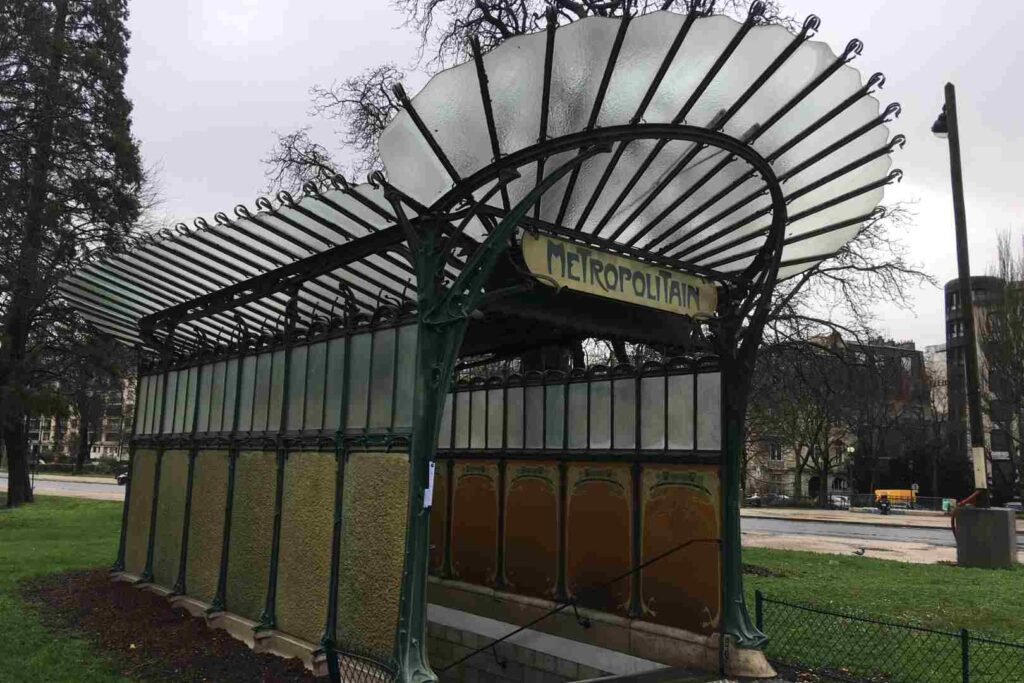

Métro Abbesses, Montmartre
This station features one of the most beautiful Art Nouveau canopies, showcasing Guimard’s signature style with its flowing ironwork and delicate glass roof.
Métro Porte Dauphine
Perhaps the most striking of Guimard’s metro designs, Porte Dauphine’s entrance is a masterpiece of Art Nouveau aesthetics, featuring intricate iron details and vibrant colors.
Métro Cité
This station, especially enchanting in spring when wisteria blooms around its iconic sign, represents the perfect harmony between Art Nouveau design and urban functionality.
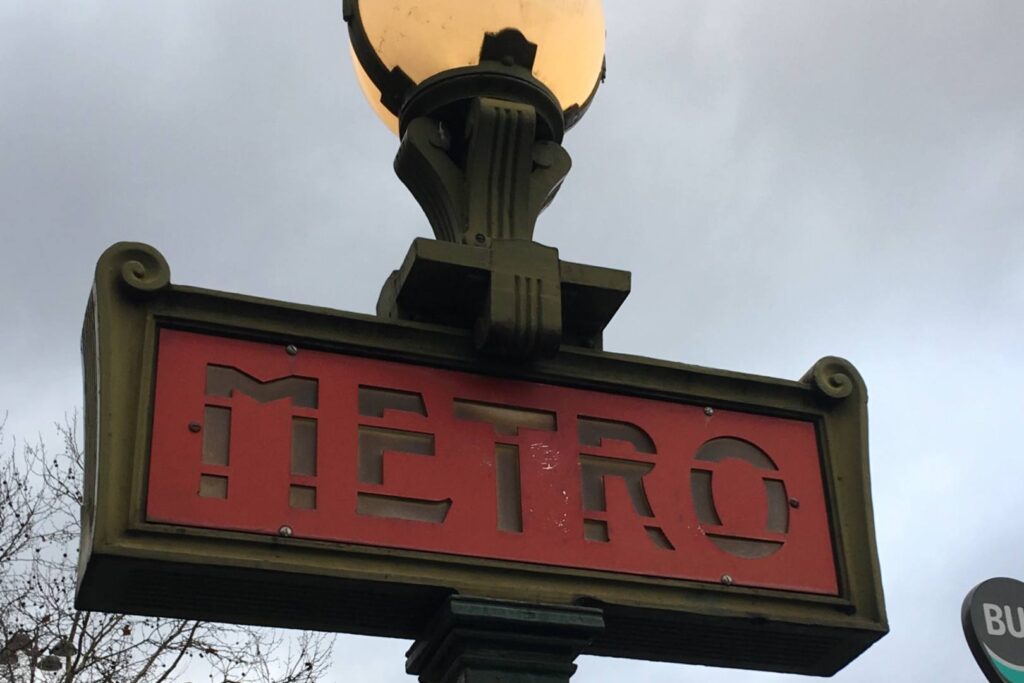

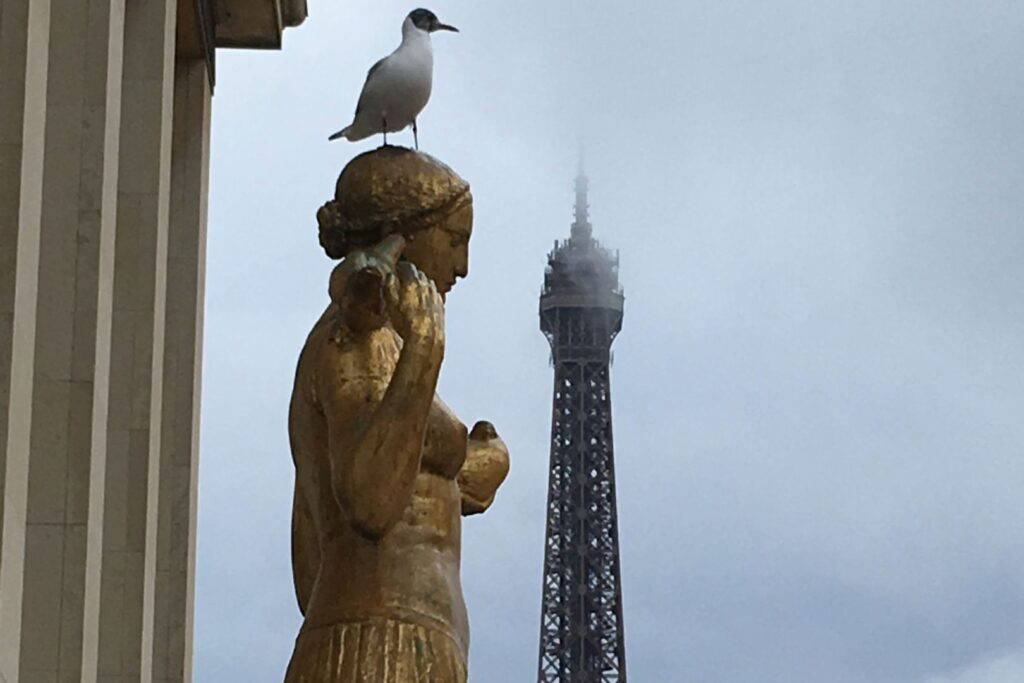

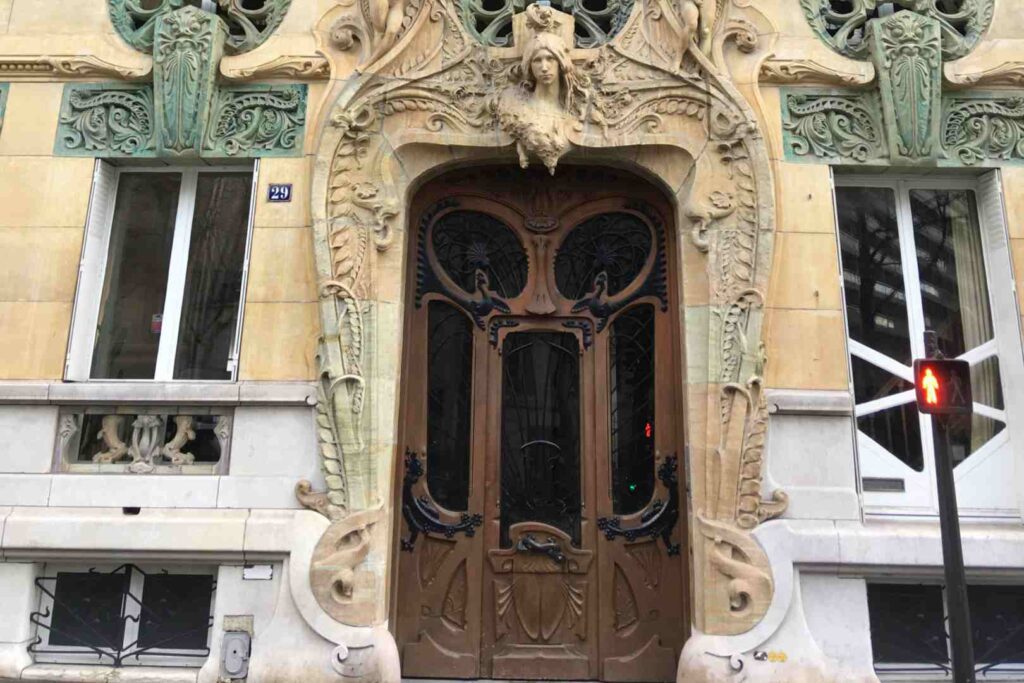

The Legacy of Art Nouveau in Paris
Although Art Nouveau was eventually replaced by Art Deco and other modernist styles, its influence remains evident in Parisian architecture. From exclusive residential buildings to metro entrances and public landmarks, Art Nouveau offers a fascinating glimpse into the city’s artistic past. Whether you’re strolling through the 16th arrondissement or admiring the intricate facades of hidden gems across the city, Paris’ Art Nouveau heritage is a testament to the creativity and elegance of this extraordinary movement.
We provide visitors to Paris with different customized art nouveau private tours. Click HERE to discover them all.
Learn about Sarah Bernhardt times in Paris by clicking in this LINK.


